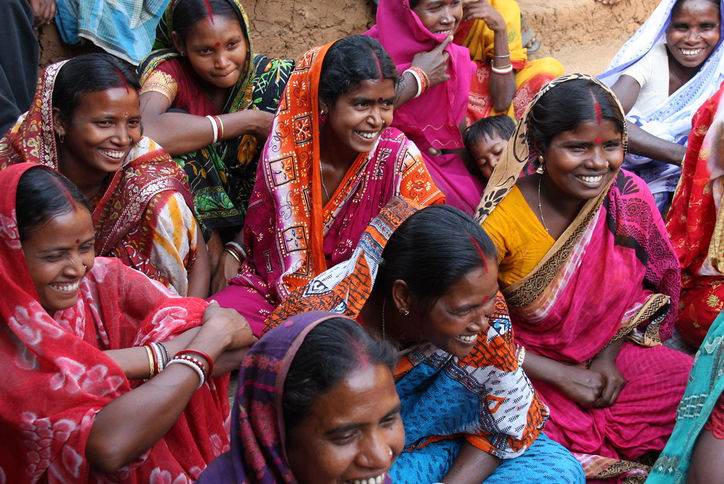Whether through government or non-government initiatives, the perception of gender discrimination strategies as a “new caste system” in rural India will enable the observation of how gender discrimination has stayed increasingly relevant as a primary factor in determining social and economic status. Though it is inaccurate to say that gender discrimination reflects the caste system, the outcomes are similar in that gender discrimination significantly limits access to opportunities for upward mobility. Simply approaching gender inequality problems in rural India strictly through educational or strictly labor-centric approaches will not be effective. Rather, governments, media, and non-government organizations must work together to encourage rural Indian communities to promote female mobility and empowerment. Globally aware citizens who are educated on gender discrimination in rural India will spread awareness and knowledge to the academic and political community.
Though India is still a developing country, and a large percentage of its population lives in rural areas, it is quickly making strides to the forefront of the global economy and political landscape. In a rapidly progressing, globalizing society in which gender issues are now very much at the forefront of domestic and international discussion, it is vital to understand the nuanced circumstances of gender discrimination on a case-by-case basis. Though attainment of such an understanding sounds ambitious, an awareness of the different mechanisms by which discrimination against women in rural India takes place is useful not only in helping determine solutions but also in making informed opinions and in holding informed conversations about gender inequality.
Hover your cursor over each image to learn about potential ways to address gender discrimination in rural India. Click on each image to see more detail.









